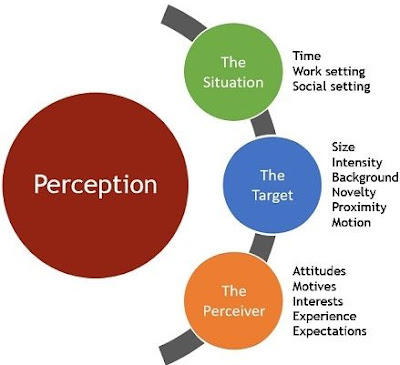LEARNING WITH UNDERSTANDING
We use the learning methods all the time in everyday
life. A step-by-step process in which an individual experiences
permanent, lasting changes in knowledge, behaviors, or ways of processing the
world can be considered as learning. Extensive and long-lasting learning involves understanding,
relating ideas and making connections between prior and new knowledge,
independent and critical thinking and ability to transfer knowledge to new and
different circumstances. The process of learning with understanding is
facilitated when new and existing knowledge is structured around the major
concepts and principles of the discipline. Also, learners use what they already
know to construct new understandings.
PREPARING TO LEARN
Learning
is a complex process, but its complexity depends on how we read, listen, see,
do and feel. It also depends a lot on
preparation. One of the most important point regarding how the human brain
learns is that it needs to be prepped for learning if it is to work at its
best. For example, when a student sits down to
read his textbook, study for an exam, or work on an out-of-class project without
proper sleep and exercise, and without eating or hydrating, his brain will
cause to operate inefficiently and make learning much more difficult. Sleep is
particularly important for students in the learning process because there seem
to be so many time pressures when attending classes, studying, and maintaining
a social life. For every learner, sleep is critical for concentrating well. In addition to this, drinking water can improve brain functions. It is essential to drink
water when it wants throughout the day. When not received the amount of water
which the body needs, dehydration occurs, and brain function can be affected. So,
we can identify the combination of nutrition, hydration, sleep and exercise as
the main factors for preparing to learn, and these facts will increase our
learning abilities.
ALREADY LEARNED
THINGS
The most influential factor for learning new things is what
we already know. The new things that we want or need to learn need to be
connected to what we already know. We always recall related knowledge actively when we are
learning new information. For example, if our task is to learn about the
current situation in a certain country, our first attention is moved to recalling
what we already know about its history. This
procedure of retrieving knowledge has been shown to be very beneficial to
learning, strengthening both the stored and the newly learned knowledge. If we
are unsure that we have got the facts right or find there are gaps in our
knowledge, we can always check online resources afterwards. This is a better
way to help identify and correct misconceptions as well.
TRANSFERENCE OF
LEARNING
Transference
of learning takes place when people apply information, strategies, and skills
which they have learned to a new situation or context. The transfer is not a
distinct activity, but it is rather an integral part of the learning process. The
transfer has a direct bearing on education. Educators hope that students transfer
what they learn from one class to another, and the outside world. Also, they
hope that students may transfer experiences from home to help make sense of
lessons at school.
PERCEPTION
Perception
is the sensory experience of the world. It involves both recognizing
environmental stimuli and actions in response to these stimuli. Through the
perceptual process, we gain information about the properties and elements of
the environment that are critical to our survival. Perceptual knowledge consists of knowledge of the perceptible features
of the world around us, and it is that which is grounded in our perceptual
experience. The nature of this grounding is controversial.
Although the process of learning with understanding is
generally complex, it genuinely important to human culture and the advancement
of technology. Also, it makes our life easier in daily tasks.




Comments
Post a Comment